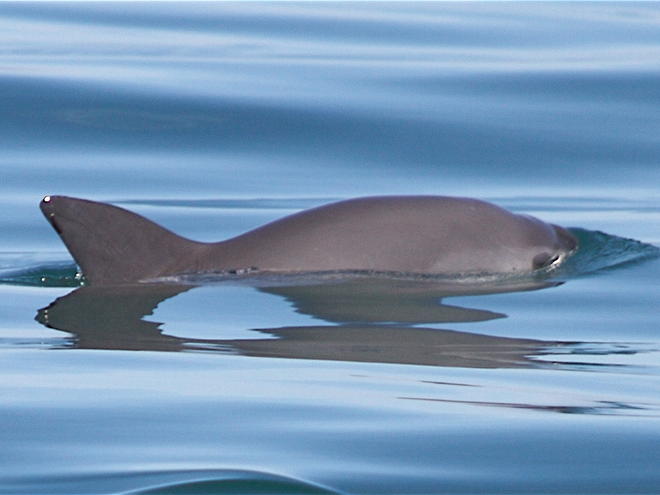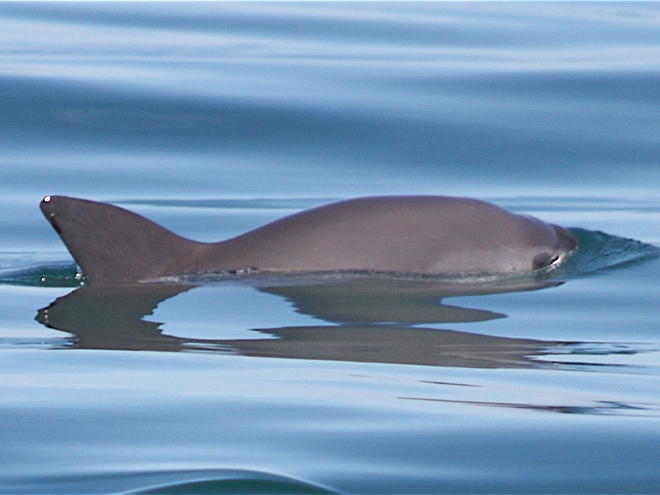Saving vaquita: Retrieving ghost nets as dramatic new operation gets underway
Published by the World Wildlife Fund

The vaquita is the world’s most critically endangered marine mammal, with fewer than 30 individuals remaining. It lives only in a small portion of the Upper Gulf of California, in Mexico.
Vaquita populations have plummeted due to one threat—gillnets. Recognizing this threat, the Mexican government imposed a gillnet ban in vaquita habitat in July 2017. However, these nets, which hang like walls in the water and catch marine life indiscriminately, are still being used to supply the illegal trade of totoaba, a fish in high demand on China’s black markets. In addition to these active nets, there are also countless lost or abandoned gillnets, called “ghost nets” in vaquita habitat. Vaquitas can’t see these nets, and therefore they get tangled and drown. This bycatch of vaquita in gillnets has driven vaquita numbers from over 550 in 1997 to less than 30 today.
As part of WWF’s ongoing vaquita conservation efforts, we are cooperating in an effort to retrieve ghost nets from the vaquita’s habitat, alongside partners like Sea Shepherd, Parley for the Oceans, the Mexican Commission on Natural Protected Areas, and local fishermen.
“Pangueros” (experienced local fishermen on board of small vessels) locate the ghost nets, mark them with a buoy, and radio the coordinates to a larger vessel which then retrieves the nets from the water. As of September 2017, a total of 432 nets have been successfully retrieved.
WWF’s ghost net retrieval program has recently been improved by using side-scan sonar. This technology will help detect ghost nets more efficiently, and benefit Vaquita CPR (Conservation, Protection, Recovery) operations by ensuring a gillnet-free environment for the vaquitas, and the US Navy dolphins that have been trained to help locate them.
Read the full article at: http://feedproxy.google.com/~r/WWFStories/~3/6PMeVBhSYwA/saving-vaquita-retrieving-ghost-nets-as-dramatic-new-operation-gets-underway



